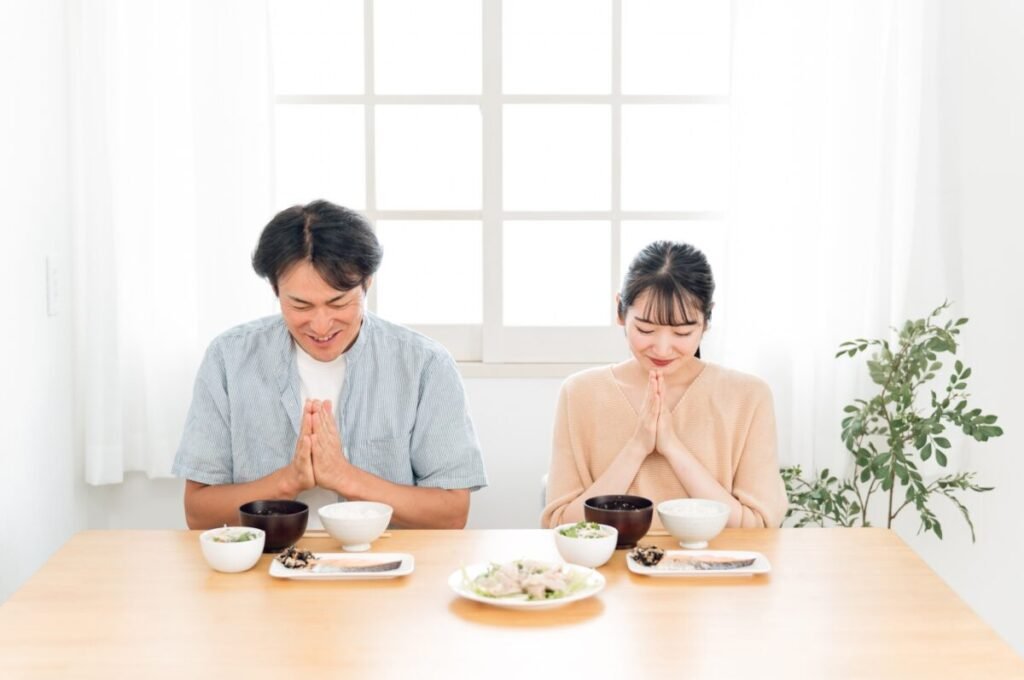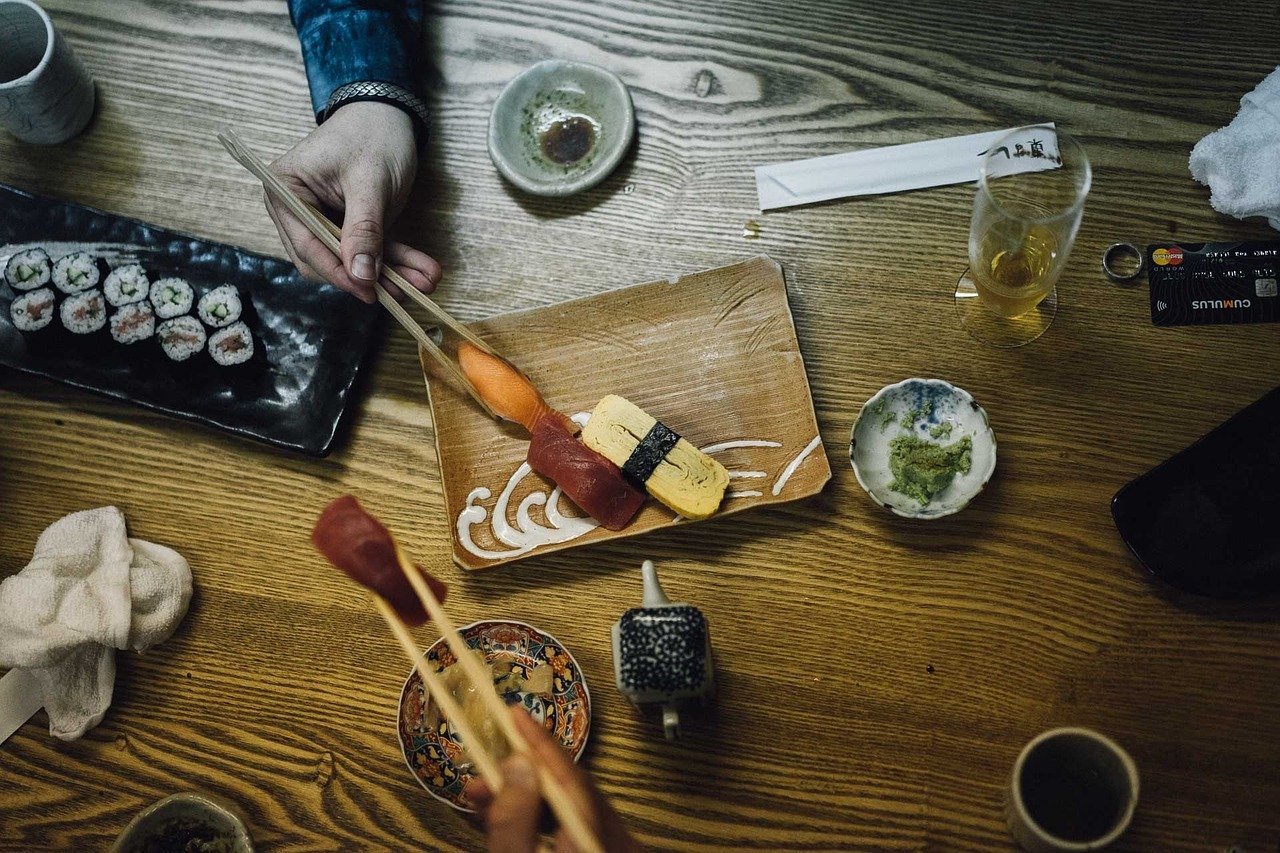Japanese Etiquette and Manners
Visiting Japan is an exciting experience, but understanding Japanese etiquette and manners is essential. The Japanese value politeness and respect, and knowing their customs can help you navigate social situations smoothly. Here are some key Japanese etiquette tips and manners you need to know before your visit.
1. Bowing Is Important
Bowing is a fundamental part of Japanese etiquette. Use bows to greet, thank, or apologize to others. The depth of the bow depends on the situation and the level of respect. A small nod is suitable for casual greetings, while a deeper bow is used for more formal situations. Bowing shows respect and appreciation.
2. Remove Shoes Indoors
Always remove your shoes before entering someone’s home, a traditional inn (ryokan), or certain public places like temples and some restaurants. You may find a designated area with slippers for indoor use. Removing your shoes prevents dirt from entering the home and is a sign of respect for the cleanliness of the space.

3. Use Both Hands to Give and Receive
When giving or receiving something, use both hands. This gesture shows respect and attentiveness. Whether you’re handing over a gift, receiving money, or accepting a business card, using both hands is the polite way to handle these interactions.
4. Be Mindful of Quiet Public Spaces
Japan values quietness and respect in public spaces. Keep your voice down on public transportation and in public areas. Speaking loudly can be seen as disrespectful. Use your phone discreetly and avoid making calls in quiet environments. This behavior helps maintain a calm and respectful atmosphere.
5. Respect the Personal Space
Personal space is important in Japan. Avoid standing too close to others, especially in public places. Maintain a comfortable distance during conversations and interactions. This respect for personal space helps to ensure everyone feels comfortable and respected.
6. Follow Dining Etiquette
Dining etiquette in Japan is very important. Before eating, say “itadakimasu,” which expresses gratitude for the meal. Use chopsticks correctly: don’t stick them upright in rice, as this resembles a funeral ritual. Avoid passing food directly from one set of chopsticks to another. After eating, say “gochisousama deshita” to thank the cook.
7. Avoid Tipping
Tipping is not customary in Japan and can be considered rude. Service in Japan is already included in the price, and exceptional service is expected. Instead of tipping, show appreciation by expressing your thanks verbally. This approach respects Japanese cultural norms and avoids awkward situations.
8. Handle Business Cards with Care
When receiving a business card, handle it with care and study it briefly before putting it away. This shows respect for the person’s position and importance. Don’t write on or put away the card immediately. Place it in a cardholder or on the table in front of you during the conversation.
9. Be Respectful in Temples and Shrines
When visiting temples and shrines, follow the specific etiquette of each place. Bow before entering the main hall, and be respectful of others who are praying. Avoid touching or climbing on sacred objects. Follow any signs or guidelines to show respect for these important cultural and religious sites.
10. Be Punctual
Punctuality is highly valued in Japan. Arriving on time is a sign of respect and professionalism. Whether you have a meeting, a social event, or a reservation, make sure to arrive promptly. If you’re running late, inform the person as soon as possible to apologize for the inconvenience.
Final Thoughts
Understanding Japanese etiquette and manners can enhance your visit to Japan and show respect for the local culture. Bowing, removing your shoes, using both hands, and being mindful of quiet spaces are key practices to follow. Respect personal space, dining etiquette, and business card handling to make a positive impression. By observing these customs, you’ll enjoy a more respectful and enjoyable experience during your visit.



